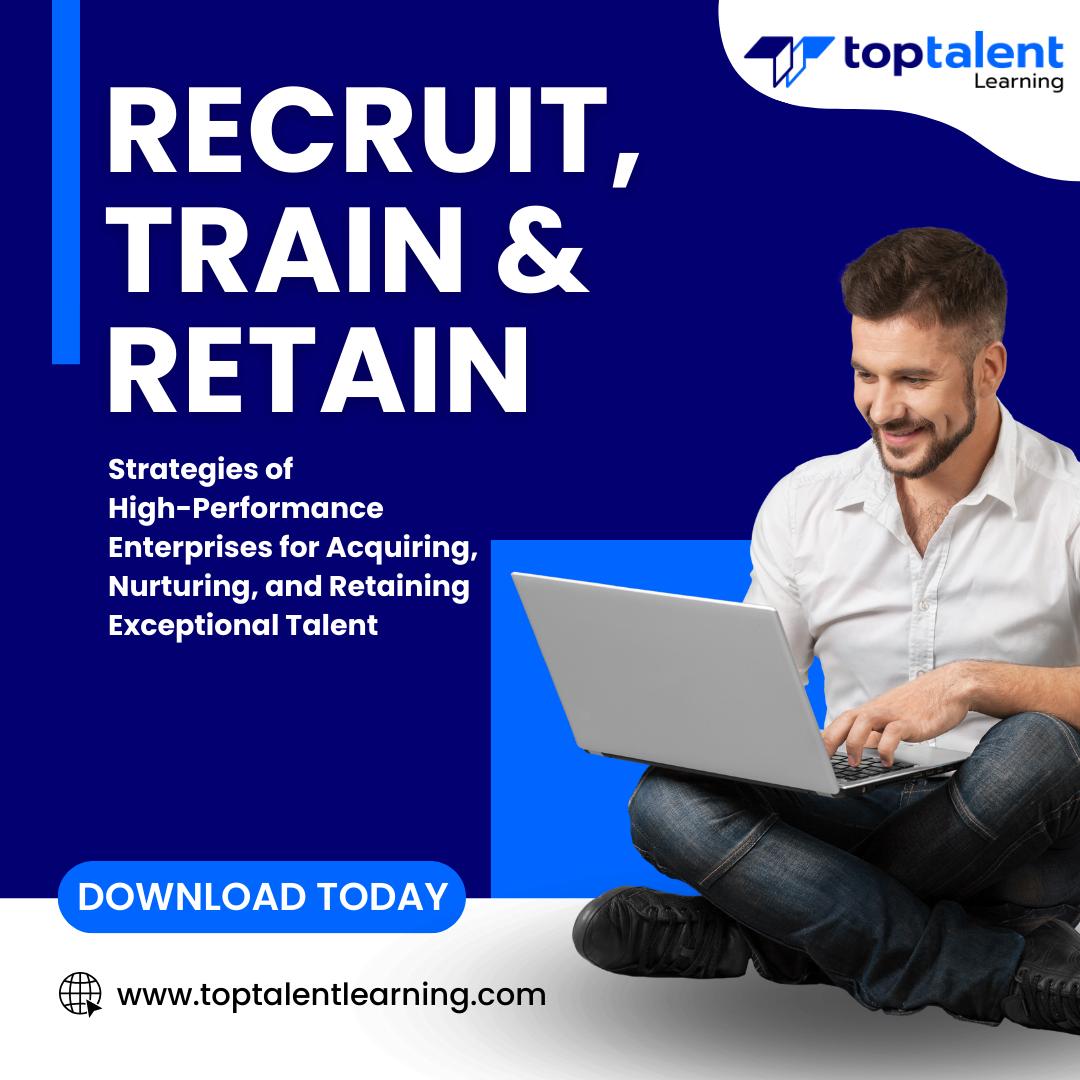Mastering VMware vSphere 6.7
Become a VMware certified professional with the Mastering VMware vSphere 6.7 course. The VMware vSphere training course provides skills for VMware vSphere 6.7 exam topics and helps you gain expertise in planning and installing VMware ESXi, installing and configuring vCenter Server, storage devices, vSphere network, securing VMware vSphere, using templates and vApps; automating VMware vSphere, and more.
- Price: $159.99
- Delivery method: eLearning
- DIR Discount: 20%
Submit form to obtain discount
Test Prep
100+ Pre Assessment Questions |
100+ Post Assessment Questions |
Features
Single and Multiple Choice
Why choose TOPTALENT?
- Get assistance every step of the way from our Texas-based team, ensuring your training experience is hassle-free and aligned with your goals.
- Access an expansive range of over 3,000 training courses with a strong focus on Information Technology, Business Applications, and Leadership Development.
- Have confidence in an exceptional 95% approval rating from our students, reflecting outstanding satisfaction with our course content, program support, and overall customer service.
- Benefit from being taught by Professionally Certified Instructors with expertise in their fields and a strong commitment to making sure you learn and succeed.
Outline
Lessons 1:
Introduction
- What Is Covered in This Course
- The Hardware Behind the Course
- Who Should Buy This Course
Lessons 2:
Introducing VMware vSphere 6.7
- Exploring VMware vSphere 6.7
- Why Choose vSphere?
- The Bottom Line
Lessons 3:
Planning and Installing VMware ESXi
- VMware ESXi Architecture
- Planning a VMware vSphere Deployment
- Deploying VMware ESXi
- Performing Post-installation Configuration
- The Bottom Line
Lessons 4:
Installing and Configuring vCenter Server
- Introducing vCenter Server
- Choosing the Version of vCenter Server
- Planning and Designing a vCenter Server Deployment
- Installing vCenter Server and Its Components
- Installing vCenter Server in an Enhanced Linked Mode Group
- Exploring vCenter Server
- Creating and Managing a vCenter Server Inventory
- Exploring vCenter Server’s Management Features
- Managing vCenter Server Settings
- vSphere Web Client Administration
- VMware Appliance Management Administration
- The Bottom Line
Lessons 5:
vSphere Update Manager and the vCenter Support Tools
- vSphere Update Manager
- vSphere Update Manager and the vCenter Server Appliance
- Configuring vSphere Update Manager
- Creating Baselines
- Routine Updates
- Upgrading Hosts with vSphere Update Manager
- Performing an Orchestrated Upgrade
- Investigating Alternative Update Options
- vSphere Auto Deploy
- Deploying Hosts with Auto Deploy
- vCenter Support Tools
- The Bottom Line
Lessons 6:
Creating and Configuring a vSphere Network
- Putting Together a vSphere Network
- Working with vSphere Standard Switches
- Working with vSphere Distributed Switches
- Configuring Virtual Switch Security
- The Bottom Line
Lessons 7:
Creating and Configuring Storage Devices
- Reviewing the Importance of Storage Design
- Examining Shared Storage Fundamentals
- Implementing vSphere Storage Fundamentals
- Leveraging SAN and NAS Best Practices
- The Bottom Line
Lessons 8:
Ensuring High Availability and Business Continuity
- Understanding the Layers of High Availability
- Clustering VMs
- Implementing vSphere High Availability
- Introducing vSphere SMP Fault Tolerance
- Planning for Business Continuity
- The Bottom Line
Lessons 9:
Securing VMware vSphere
- Overview of vSphere Security
- Securing ESXi Hosts
- Securing vCenter Server
- Securing Virtual Machines
- The Bottom Line
Lessons 10:
Creating and Managing Virtual Machines
- Understanding Virtual Machines
- Creating a Virtual Machine
- Installing a Guest Operating System
- Installing VMware Tools
- Managing Virtual Machines
- Modifying Virtual Machines
- The Bottom Line
Lessons 11:
Using Templates and vApps
- Cloning VMs
- Creating Templates and Deploying Virtual Machines
- Using OVF Templates
- Using Content Libraries
- Working with vApps
- Importing Machines from Other Environments
- The Bottom Line
Lessons 12:
Managing Resource Allocation
- Reviewing Virtual Machine Resource Allocation
- Working with Virtual Machine Memory
- Managing Virtual Machine CPU Utilization
- Using Resource Pools
- Regulating Network I/O Utilization
- Controlling Storage I/O Utilization
- The Bottom Line
Lessons 13:
Balancing Resource Utilization
- Comparing Utilization with Allocation
- Exploring vMotion
- Ensuring vMotion Compatibility
- Using Storage vMotion
- Combining vMotion with Storage vMotion
- Cross-vCenter vMotion
- Exploring vSphere Distributed Resource Scheduler
- Working with Storage DRS
- The Bottom Line
Lessons 14:
Monitoring VMware vSphere Performance
- Overview of Performance Monitoring
- Using Alarms
- Working with Performance Charts
- Working with esxtop
- Monitoring CPU Usage
- Monitoring Memory Usage
- Monitoring Network Usage
- Monitoring Disk Usage
- The Bottom Line
Lessons 15:
Automating VMware vSphere
- Why Use Automation?
- vSphere Automation Options
- Automating with PowerCLI
- Additional Resources
- The Bottom Line

